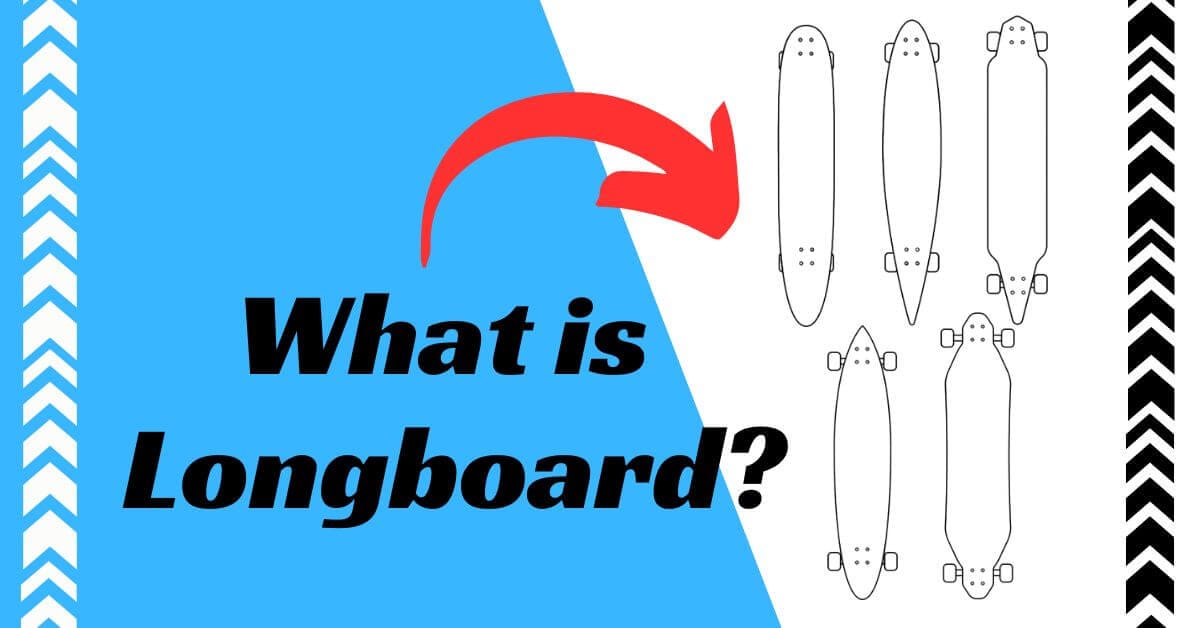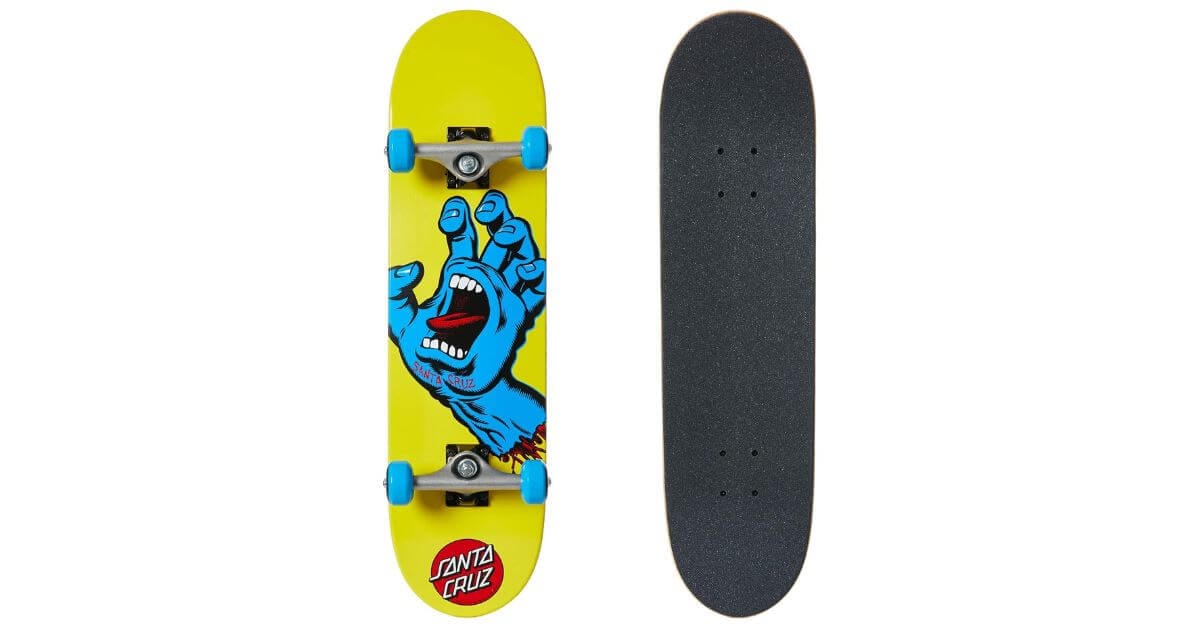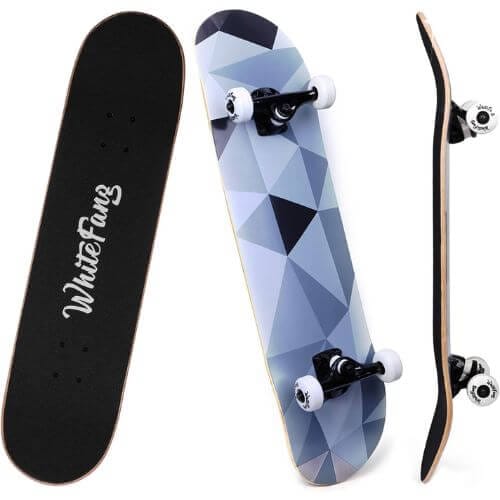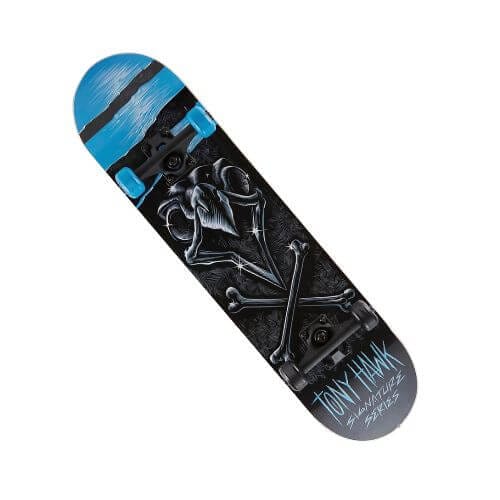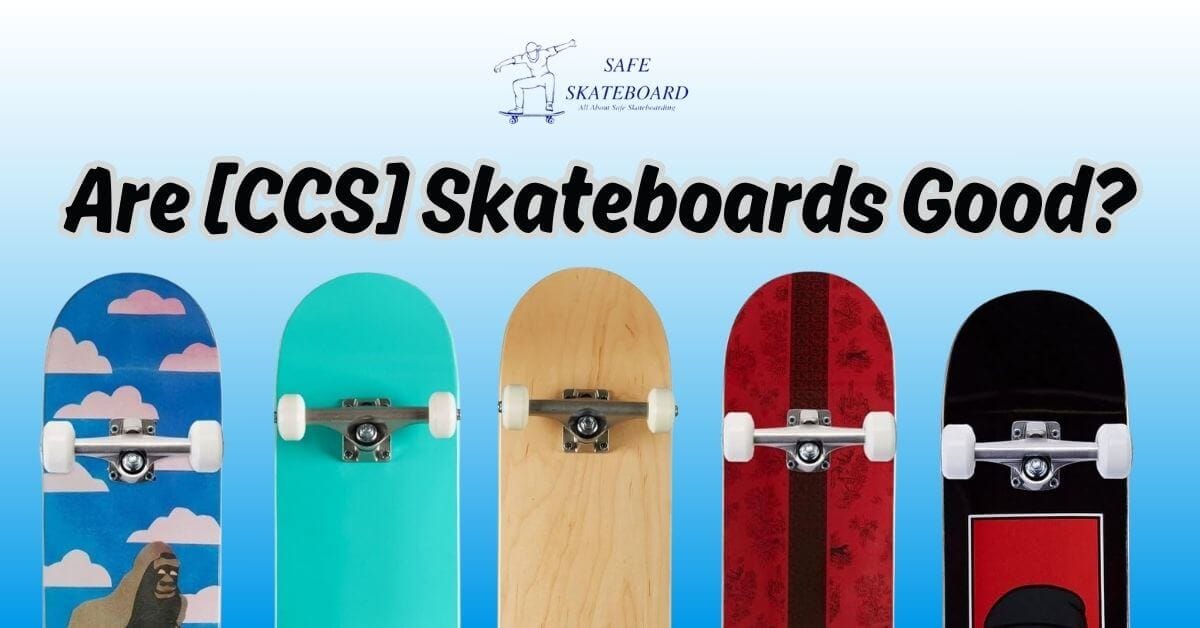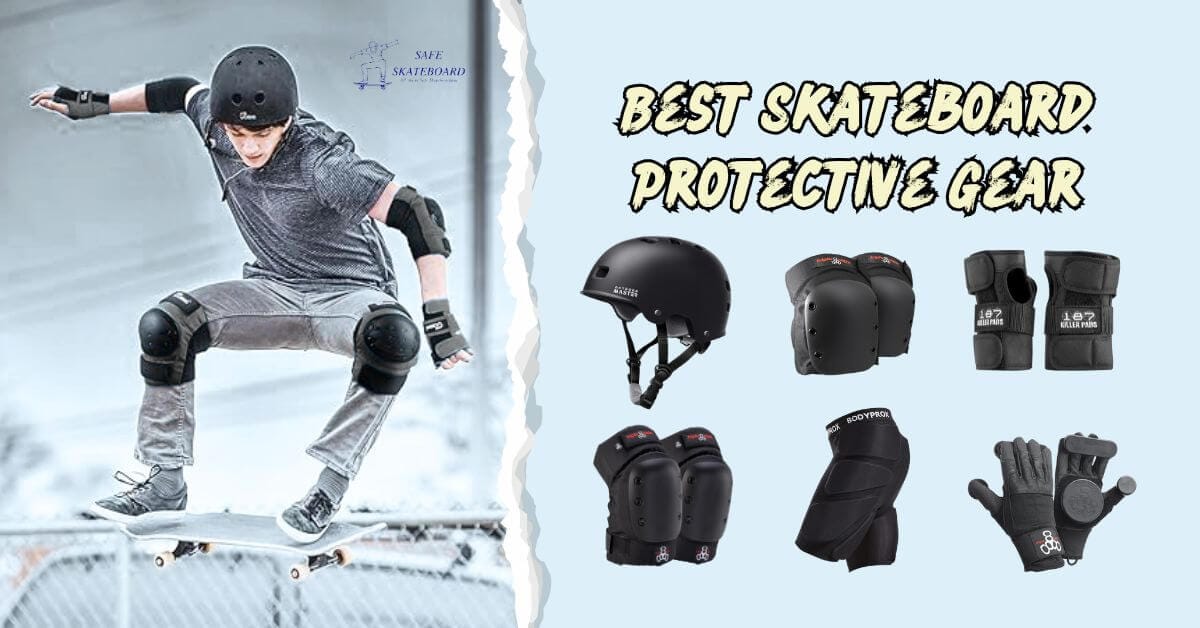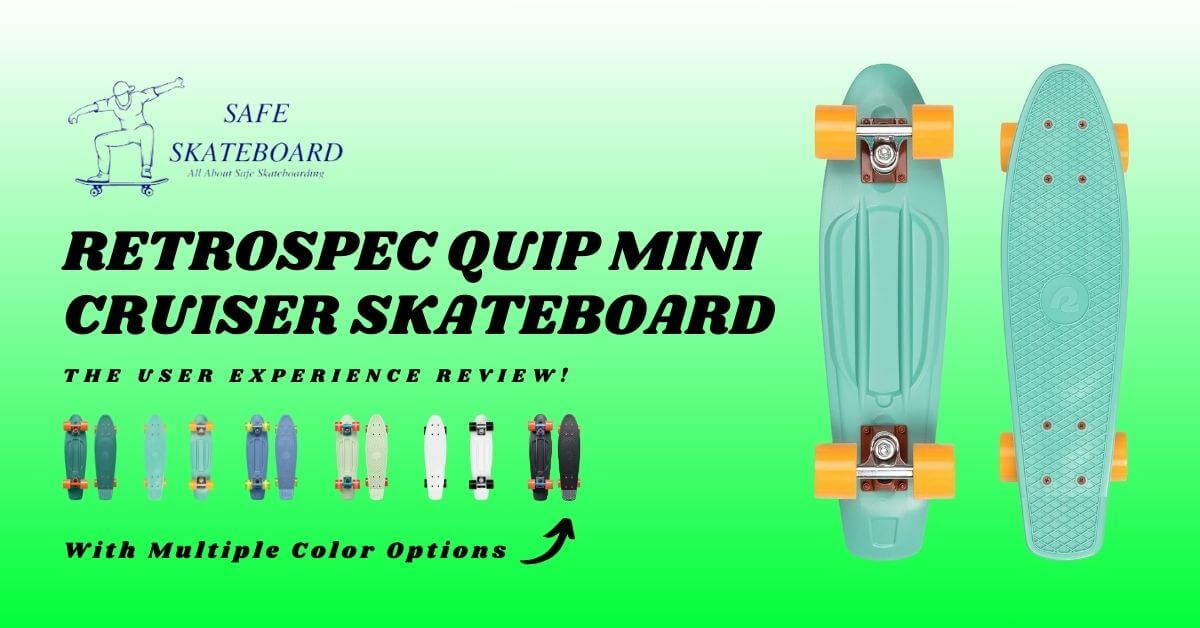You’ve seen them cruising by long, smooth boards rolling down streets, parks, and even steep hills. Yeah, that’s the longboard, but what exactly is a longboard? It’s more than just a bigger skateboard. Longboards are made for smooth rides, deep turns, and full-on fun.
Longboarding has grown remarkably in popularity. It’s not just a sport; it’s a lifestyle. People of all ages are drawn to its unique blend of thrill and relaxation.
It’s more flexible than traditional skateboarding, with a design that caters to beginners and seasoned riders. From commuting to performing stunts, the uses of longboards are vast.
In this article, I will break it all down for you from what a longboard really is, to the types, history, and how it fits your riding style.
So, are you ready to roll into the world of longboarding? Let’s get started!
What is a longboard?
A longboard is a skateboard that is notably longer and often wider. It ranges from 33 to 60 inches, providing more stability. Unlike traditional skateboards, longboards are designed for cruising, downhill racing, and long-distance travel.
They typically feature larger, softer wheels that offer a smoother ride over rough surfaces. The decks are often bamboo or maple, enhancing durability and flexibility.
Longboards come in various shapes and styles to cater to different riding preferences. Overall, they offer a versatile alternative for those seeking both leisure and adrenaline on wheels.
History of Longboarding
Longboarding started in the 1950s. It began as an offshoot of surfing. Riders aimed to capture the surfing vibe on land. Initially, skateboards were used, but soon evolved.
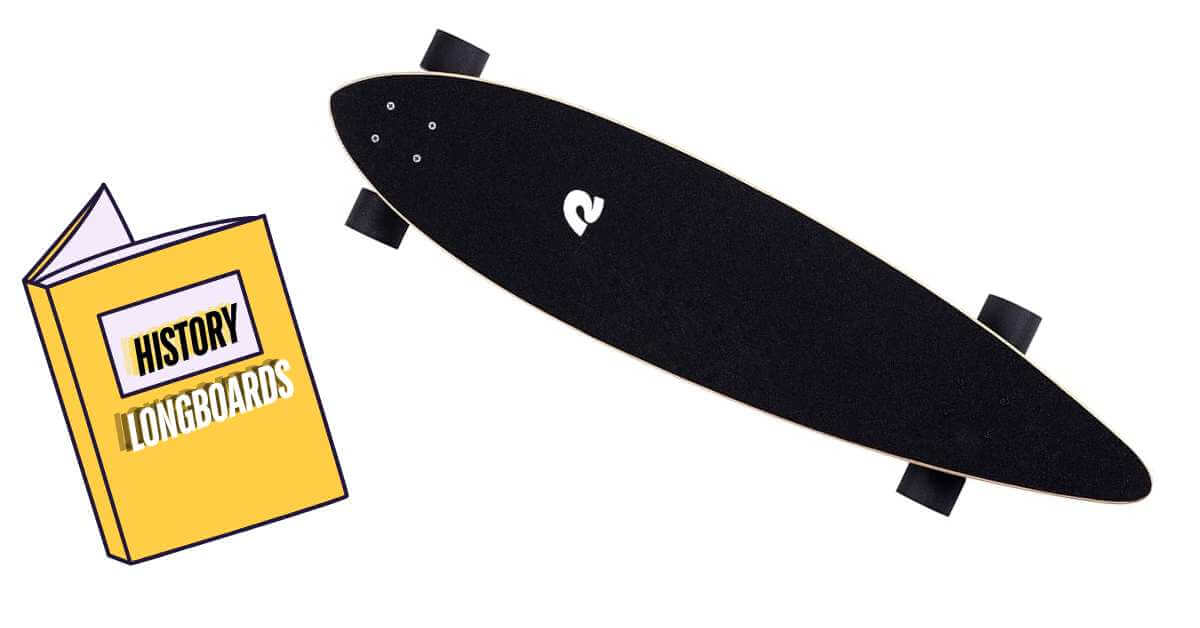
By the 1970s, specialized longboards emerged. These boards were longer and more stable. They allowed for smoother cruising and sharper turns. As the sport grew, so did the variety of boards and riding styles.
In the early 2000s, longboarding saw a resurgence. Improved technology made boards lighter and stronger.
Today, it enjoys a dedicated following worldwide, with many enthusiasts hitting the streets and hills daily.
Key Features of a Longboard
A longboard is made of three main parts: the deck, the wheels, and the trucks. Each part changes how the board feels and rides. Let’s look at them one by one.
01. The Deck: Your Riding Platform
The deck is the flat board you stand on. Longboards have big decks. That makes them stable and easy to ride.
- Length: Most are between 36 and 46 inches long.
- Shape: You’ll find shapes like pintail, drop-through, and cruiser.
- Flex: Some are stiff for speed. Others bend more for smooth carving.
A longer deck helps with balance. A flexible one feels soft and fun when you turn. Pick what feels right for you.
02. The Wheels: Smooth and Fast
Longboard wheels are big and soft. That means you can ride over cracks and bumps without trouble.
- Size: Most are 65mm to 75mm wide.
- Hardness: Look for 78A to 85A on the wheel. Lower numbers mean softer wheels.
Softer wheels grip better and roll smoother. They make the ride feel like gliding.
03. The Trucks: How You Turn
Trucks connect the wheels to the board. They let you turn and steer.
- Width: They match the width of your deck (150mm to 180mm).
- Type: Most longboards use reverse kingpin trucks. These turn more easily than standard trucks.
Loose trucks turn fast. Tight trucks are stable. You can adjust them to your liking.
Types of Longboards
Longboards come in many styles. Each one is built for a different type of ride. Let’s explore the most common ones.
- Cruiser Longboard: Cruisers are great for fun rides and short trips. They have soft wheels and smooth decks. Perfect for beginners and casual street rides.
- Pintail Longboard: Pintails look like surfboards. They’re made for carving smooth turns. They ride well on flat roads and feel fun and flowy to use.
- Drop-Through Longboard: This board sits low to the ground. That makes pushing easy and stable. Great for commuting, smooth rides, and staying balanced at fast speeds.
- Freestyle Longboard: Freestyle boards are made for fun tricks. They’re flexible and shaped the same on both ends. Perfect for dancing, spins, and creative moves.
- Downhill Longboard: Downhill boards are stiff and strong. They stay steady at high speeds. Best for steep roads, sharp turns, and riders who love speed.
Benefits of Longboarding
Longboarding offers numerous advantages. I’ll show the benefits you riding a longboard:
1. Physical health benefits
Longboarding, as a form of exercise, does wonders for cardiovascular health. Continuous motion and pushing are required to keep the heart rate elevated, which is excellent for stamina.
Additionally, it helps tone leg muscles, especially calves and thighs. Balancing on a longboard also improves core strength and stability over time. It’s not just the legs that benefit; hand and arm movements while maintaining balance engage upper body muscles, too.
Riding hills or inclines provides a more intense workout, enhancing overall fitness. Hence, longboarding can be a fun way to stay active and healthy.

2. Mental health benefits
Longboarding isn’t just great for physical health; it has mental benefits too. Riding a longboard allows for stress relief and provides a sense of freedom.
The focus required to maintain balance can help clear the mind, offering a break from daily worries. The smooth, rhythmic motion of cruising can be meditative, calming nerves, and reducing anxiety.
Additionally, spending time outdoors and soaking up sunshine boosts mood and overall well-being.
Whether joining a local group or teaching a friend, the social aspect of longboarding can foster connections and improve mental health. It’s a fantastic way to nurture both body and mind.
Frequently Asked Questions (FAQs)
How Long is a Longboard?
Longboards typically range from 33 to 60 inches in length. However, the most common sizes are between 36 and 42 inches.
Is It Safe to Ride a Longboard?
Like any sport, longboarding has risks. Always wear protective gear, such as a helmet, knee pads, elbow pads, and gloves. Make sure to ride in safe environments and be aware of your surroundings.
Can You Do Tricks on a Longboard?
Absolutely! While longboards are primarily designed for cruising and downhill riding, freestyle longboards are perfect for tricks and dancing.
What Material are Longboards Made Of?
Longboards are usually made from maple, bamboo, or a combination of both. Some high-end models also incorporate fiberglass or carbon fiber for added strength and flexibility.
Ending Words
Longboarding offers a blend of excitement and health benefits, both physical and mental. It provides a fun way to stay active while offering a unique form of stress relief.
Whether cruising down the street or tackling more challenging hills, longboarding has something for everyone.
The rich history and variety of board types make it accessible to beginners and pros alike. Embracing this sport can improve fitness, mental well-being, and even new friendships.
Overall, longboarding is more than just a hobby; it’s a rewarding lifestyle choice.
